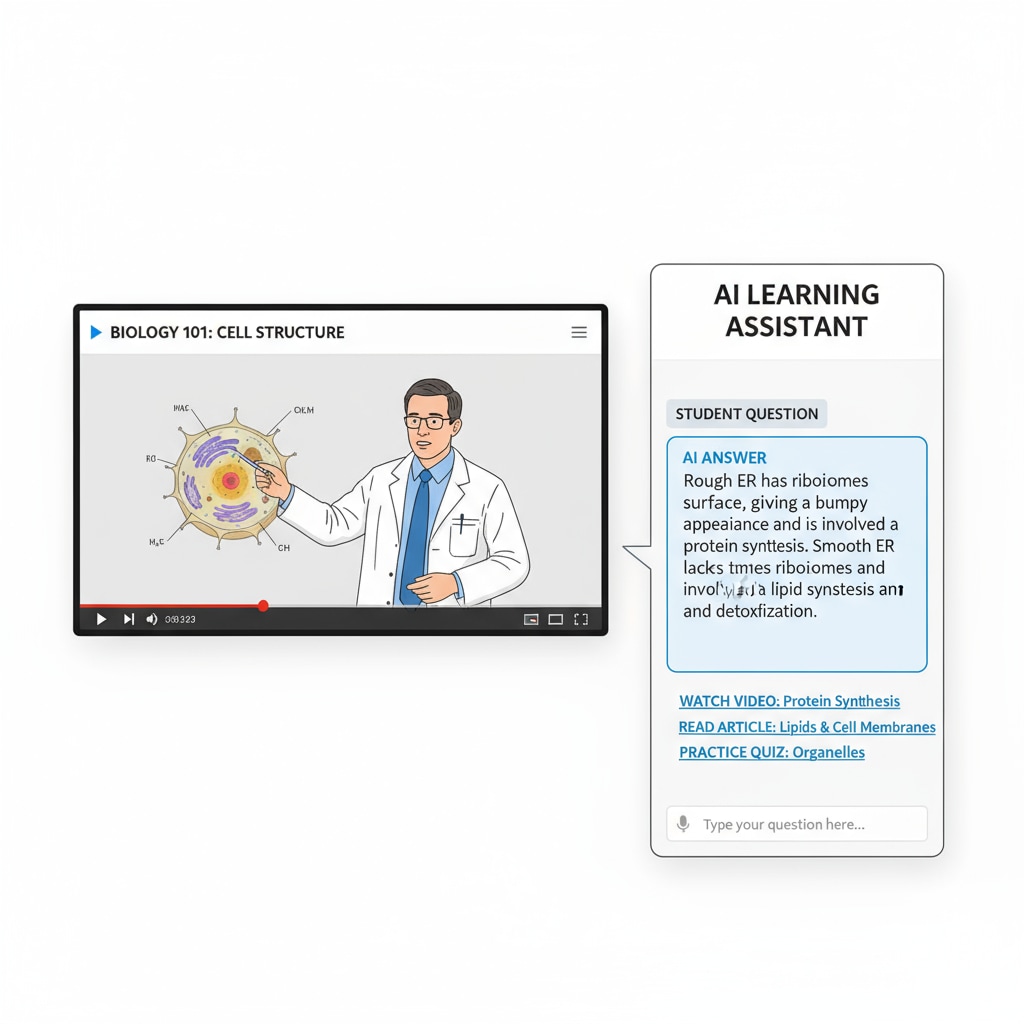Video teaching, learning accessibility, and AI assistance are at the forefront of a significant educational transformation. In recent years, artificial intelligence (AI) has emerged as a powerful tool with the potential to revolutionize video-based learning, making education more accessible to a wider range of students.

The Potential of AI in Video Teaching for Learning Accessibility
One of the most remarkable aspects of AI in video teaching is its ability to create intelligent content summaries. For instance, AI algorithms can analyze the key points in a video lecture, extracting important concepts, definitions, and examples. This is particularly beneficial for students with learning difficulties, such as those with attention deficit disorders. By providing concise summaries, these students can better grasp the main ideas without getting overwhelmed by the entire video content. According to Educause, an organization dedicated to promoting the use of technology in education, this feature simplifies complex information, making it more digestible.
In addition, AI offers real-time assistance during video learning. Chatbots powered by AI can be integrated into video platforms. These chatbots can answer students’ questions immediately, clarify doubts, and even provide additional resources related to the video content. For example, if a student is watching a science video and has a question about a specific scientific principle, the AI chatbot can offer a detailed explanation, enhancing the learning experience. This real-time support ensures that students don’t have to wait for an instructor’s response, promoting continuous learning.

Challenges in Implementing AI for Video Teaching Accessibility
However, the implementation of AI in video teaching for enhanced accessibility is not without challenges. One major issue is the cost associated with developing and maintaining AI systems. High-quality AI algorithms require significant computational power and resources, which can be a barrier for many educational institutions, especially those with limited budgets. As a result, they may not be able to afford the necessary AI infrastructure to support video teaching effectively.
Another challenge is the accuracy of AI systems. Although AI has made great strides, it is not infallible. AI algorithms may misinterpret certain concepts in video content, leading to inaccurate summaries or incorrect answers from chatbots. This can be confusing for students and may even hinder their learning. To address this, continuous improvement and refinement of AI models are needed. According to ISTE (International Society for Technology in Education), ongoing research and development are essential to enhance the reliability of AI in educational settings.
Readability guidance: The article uses short paragraphs to present ideas clearly. Each section focuses on a key aspect of AI in video teaching, highlighting both potential and challenges. Transition words like ‘however’ and ‘in addition’ are used to connect different ideas smoothly.


